LEAN, BIM, and Measurably Improving Facilities Life-Cycle Management
Job Order Contracting
OCTOBER 4, 2019
BIM (Building Information Modeling) is the efficient management of the life-cycle of the built environment supported by digital technology. BIM can provide huge benefits to the stakeholders in all phases of the building process – Planning; Design; Construction; and Operations and Maintenance.










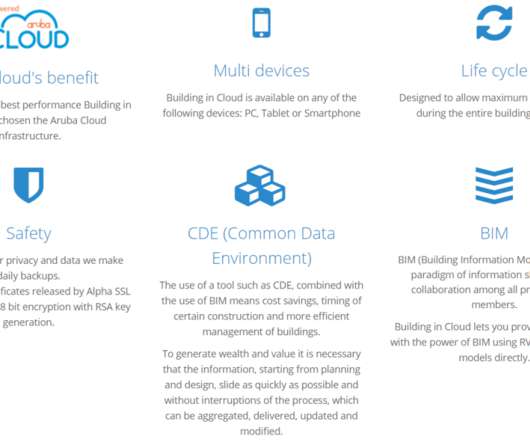

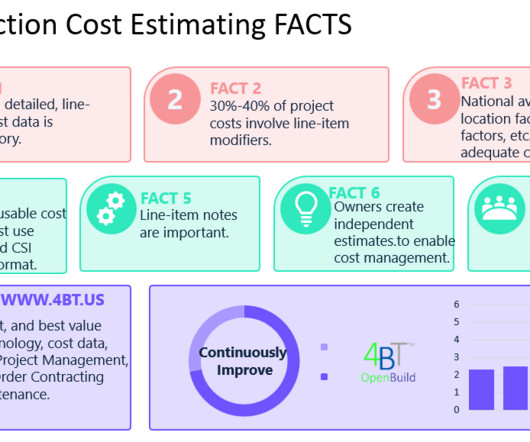














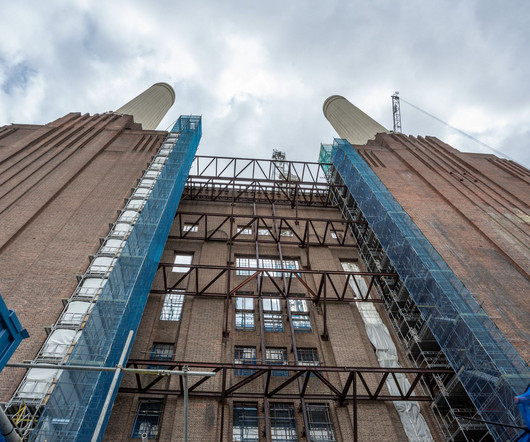




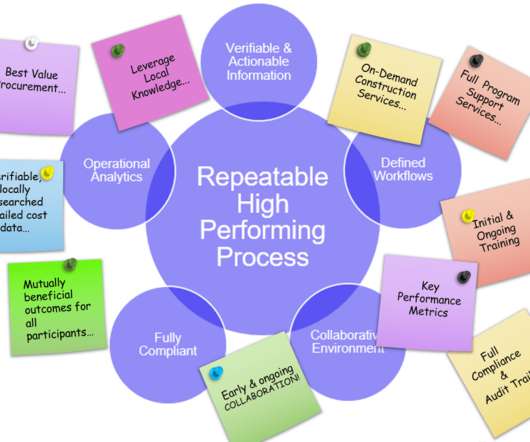




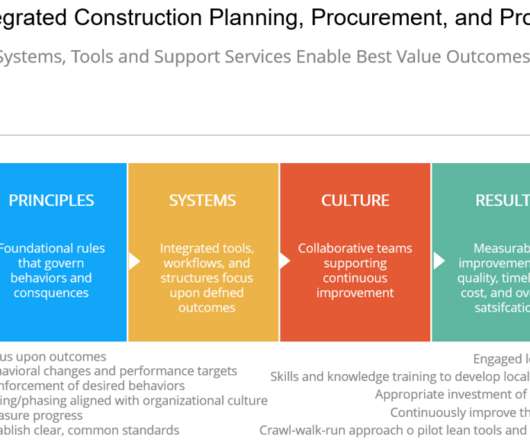








Let's personalize your content